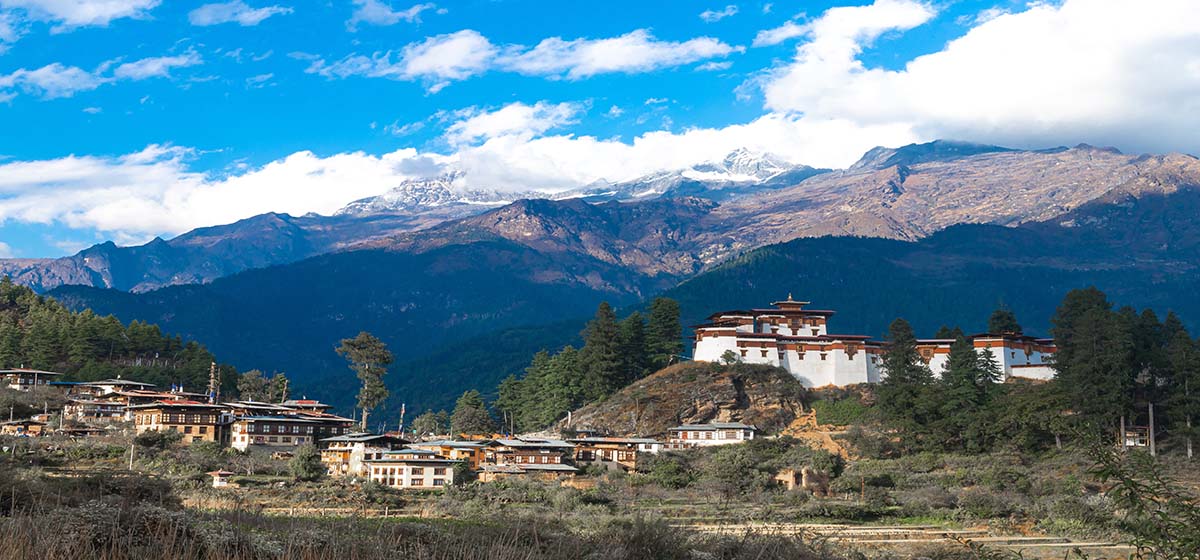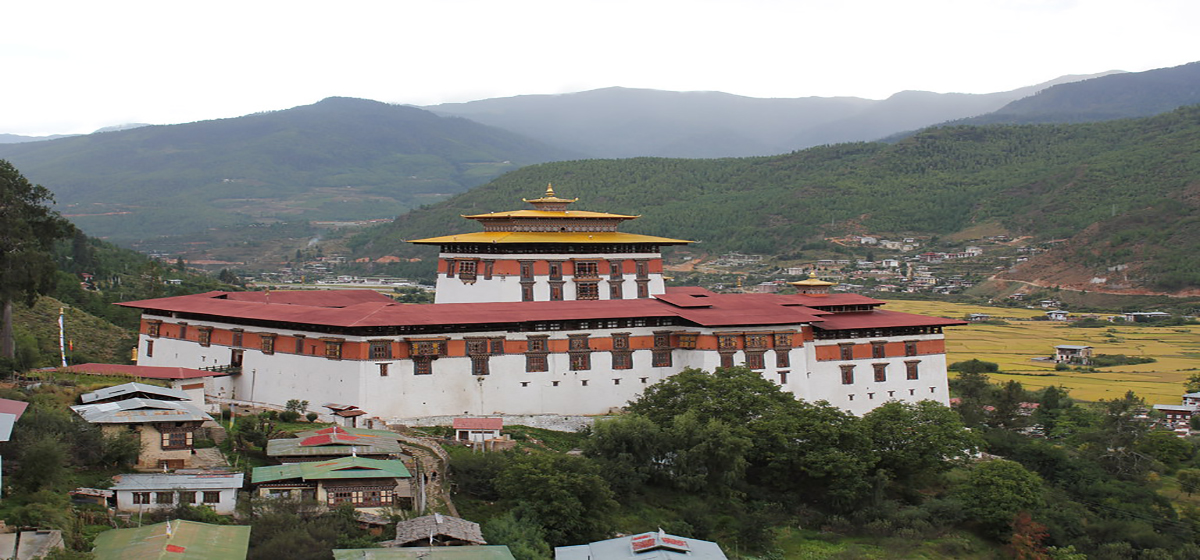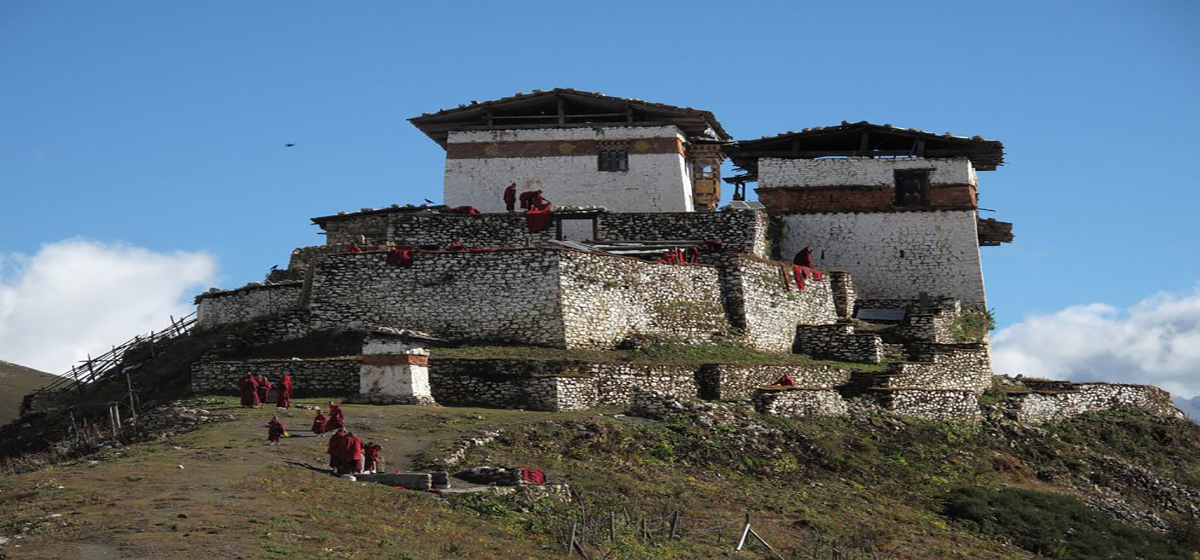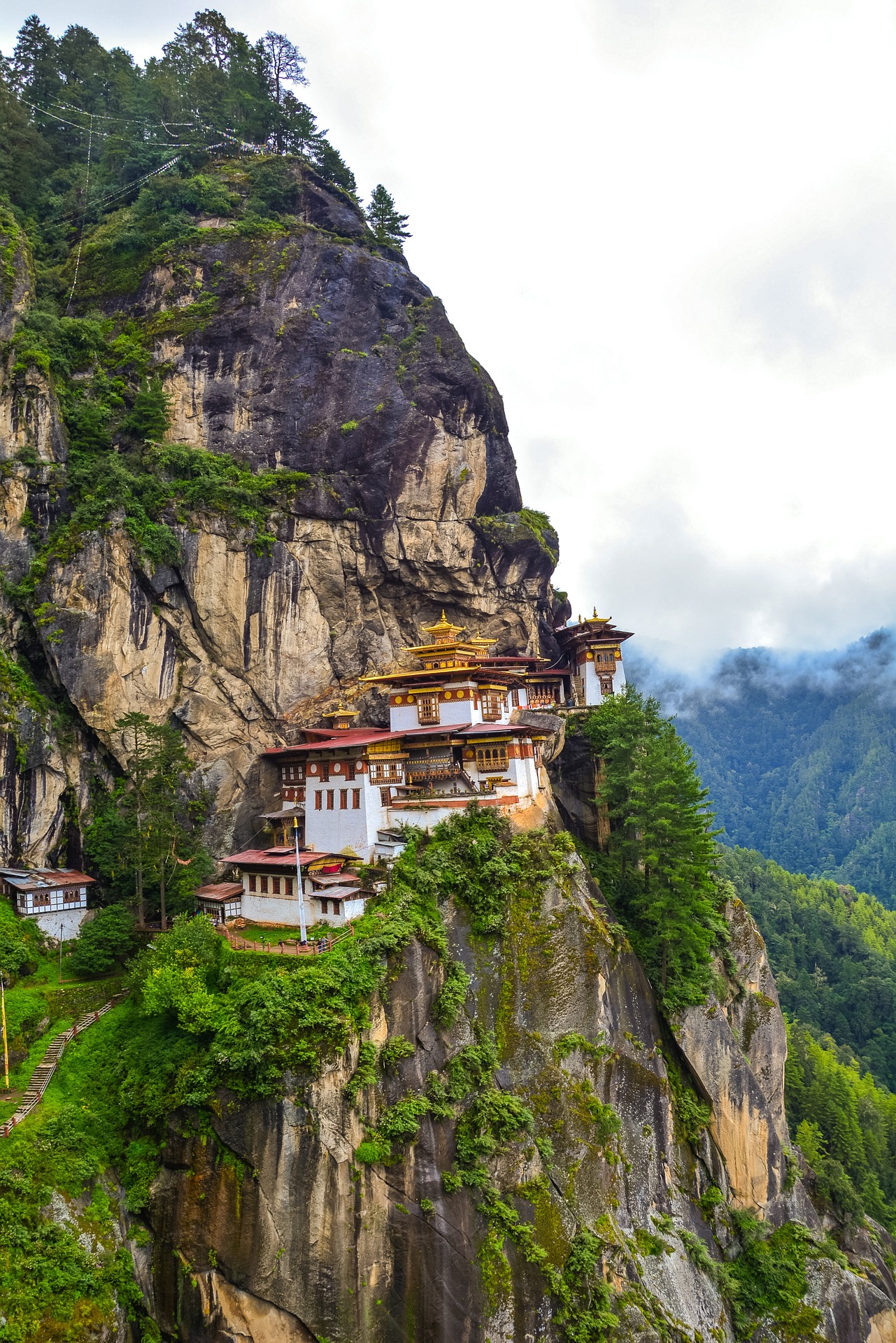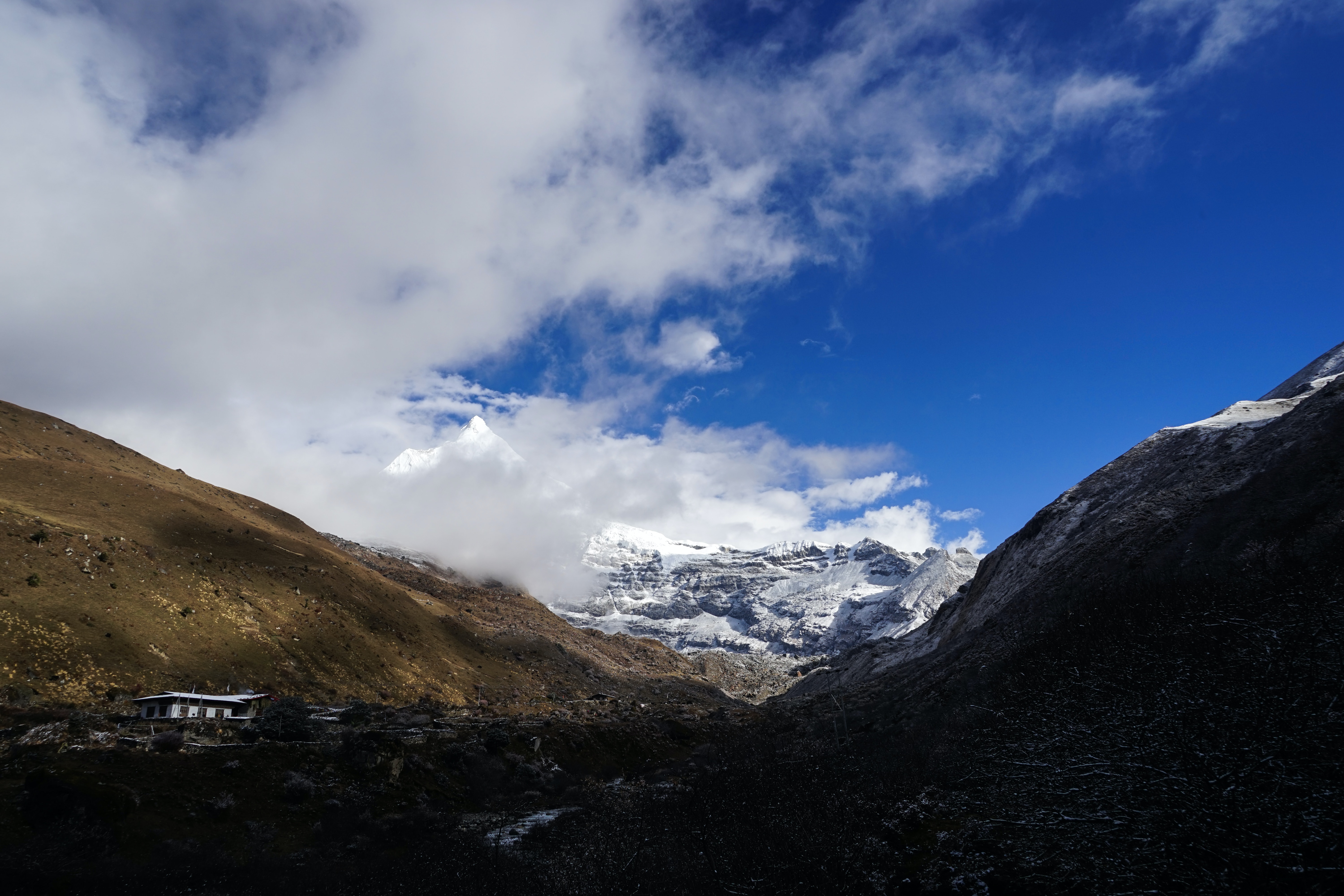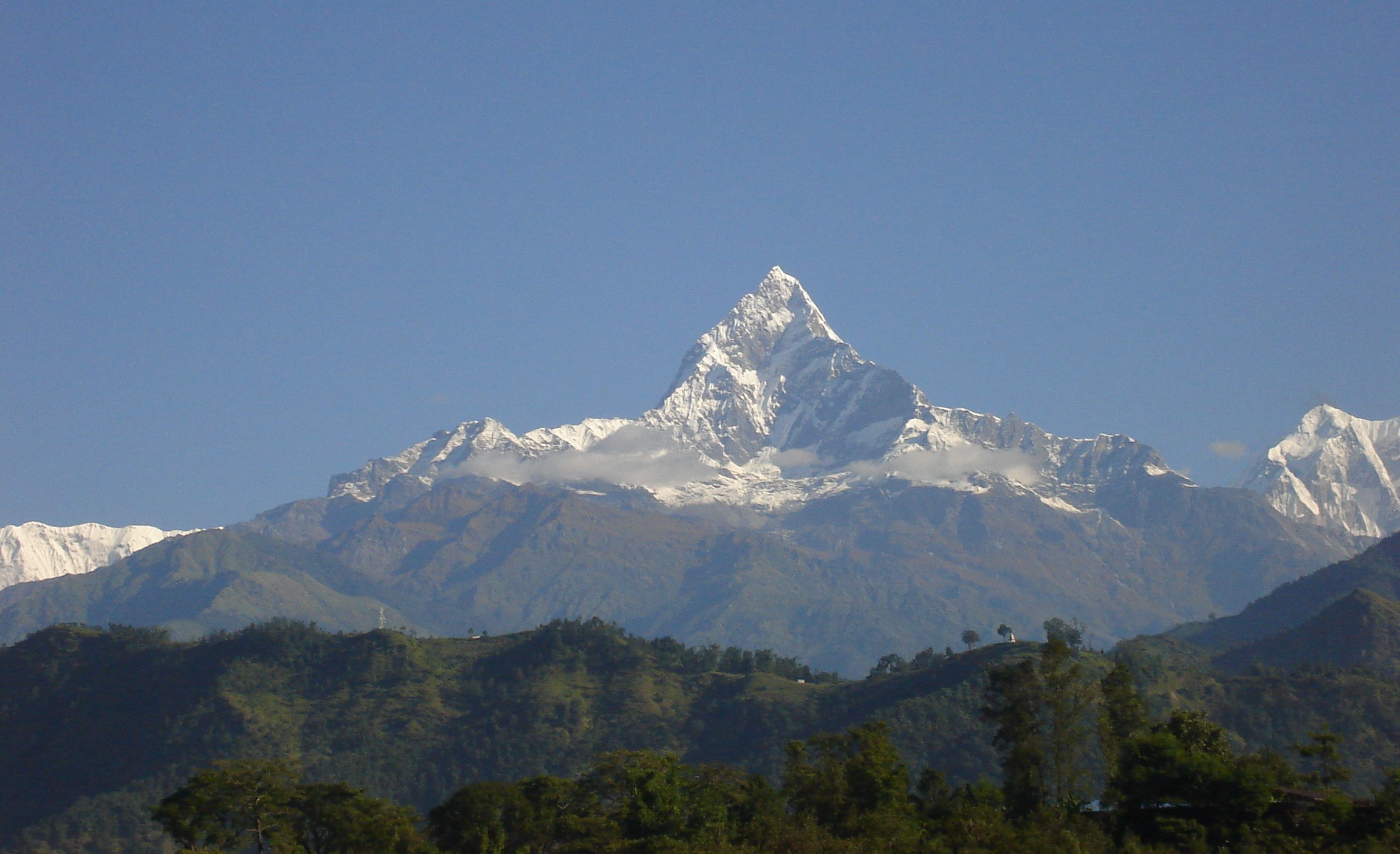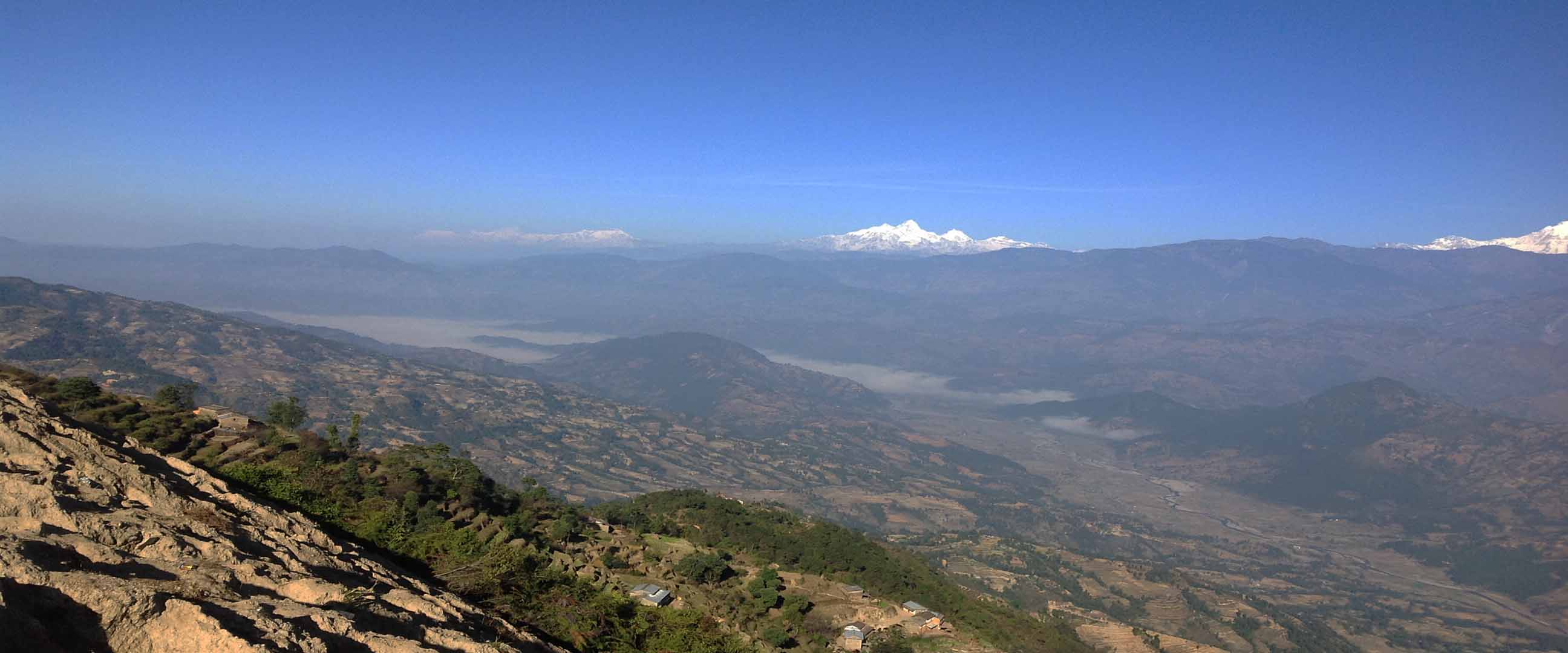- Home
-
Nepal
-
Trekking
- Dhampus trek
- Jomsom Muktinath Trek
- Annapurna Base Camp Trekking (Sanctuary)
- Annapurna Circuit(Round) Trekking
- Mardi Himal Trekking
- Ghorepani Cleaning Trek
- Annapurna Panorama Trek
- Annapurna Culture Trek
- Everest Base Camp Trek
- Everest Panorama Trek
- Khopra Trek
- Mohare Danda Trek
- Ganesh Himal Trekking
- Ganesh Himal Medical Trek
- Langtang Valley Trek
- Langtang Gosainkund Trek
- Ganja La Pass Trekking
- Ruby Valley Pangsang Pass Trek
- Langtang Gosainkund Helambu Trek
- Tamang Heritage Trek
- Panch Pokhari Trek
- Upper Mustang Trek
- Everest High Pass Trek
- Gokyo Valley Trek
- Gokyo Chola Pass Trek
- Salleri to Everest Base Camp Trekking
- Pikey Peak Trek
- Tsum Valley Trek
- Manaslu Circuit Trek
- Lower Dolpo Trek
- Makalu Base Camp Trek
- Ghorepani Poon Hill Trek
- Helambu Trek
- Jyamrung Trek
- Chepang Indigenous Trek
- Dhampus Sarangkot Trek
- Ghandruk Trek
- Surya Chaur Chisapani Trekking
- Yoga Soft Trek
- Indigenous Trek
- Nepal Social Treks
- Yoga Shamanism Trek
- Chisapani Nagarkot Dhulikhel Trek
- Kathmandu Valley Trek
- Khaptad National Park
- Jiri to EBC Trek
- Nomad Community Trek
- Annapurna Luxury Trek
- Tilman Pass Trek
- Helambu – Ama Yangri Trek
- Peak Climbing
- Chulu West Peak Climbing
- Chulu Far East Climbing
- Island peak via Gokyo-Chola-EBC
- Island Peak Direct Route
- Lobuche Peak Climbing
- Mera and Island Peak via Apulapcha Pass and EBC
- Mera Peak Direct Route
- Mera Peak Climbing
- Naya Kangi Peak Climbing
- Paldor Peak Climbing
- Pisang Peak Climbing
- Tent Peak Climbing
- Yala Peak Climbing
- Pachermo Peak via Tsho Rolpa Lake
- Lobuche Peak via Gokyo Chola Pass EBC
- Rafting and Kayaking
- Wildlife Safari
- Adventurous Trip
- Mountain Biking
- Hiking
- Tours
- Day Tours
- Expedition
- Ganesh Himal-I Expedition
- Ganesh Himal -IV Expedition
- Makalu Expedition
- Annapurna Expedition
- Ganesh Himal -V Expedition
- Dhaulagiri Expedition
- Ama Dablam Expedition
- Cho Oyu Expedition
- Everest Expedition from Tibet Side
- Everest Expedition
- Kanchenjunga Expedition
- Lhotse Expedition
- Manaslu Expedition
- Pumori Expedition
- Annapurna I Climbing
- Ganesh Himal Climbing
- Himlung Himal Climbing
- Tibet
- Tours
-
Bhutan
-
Tours
- Trekking & Hiking
- India
-
Tours
- Trekking and Hiking
- Multi Country
-
Nepal Tibet Bhutan Trekking
- Nepal Bhutan Tour
- Nepal Bhutan Trek
Jomolhari Trek - Regular
Trip Overview
This is the most popular trek in Bhutan because Mt. Jomolhari is one of the most beautiful mountains in Bhutan. This mountain lies just above the Paro Valley. It offers views of Mt. Jhomolhari-7326m, Jichu Darke-6989m, and Tsherim Gang-6789m which leads through remote Lingshi village, crossing many high passes to Thimphu.
Itenerary
If you are lucky, you will have glorious views of the snowcapped Himalayas on the way to Paro. The remarkable and steep descent into the Paro Valley is an awe-inspiring beginning to the adventure of a lifetime. On arrival, you will be received by a representative and he will escort you to the hotel for lunch. Evening at leisure. Overnight at the hotel.After your breakfast, drive for about 14km towards the north of the valley and hike up following a trail through the meadow of pine and rhododendron trees. It takes about an hour to reach the tourism café and another hour up to the closest viewpoint of the monastery. On your return, stop at the café for lunch. After your lunch, descend down to the valley where you will meet with your driver. Time permitting, a visit to Kichu Lhakhang (Temple) and National Museum can be done. Overnight at the hotel.Drive up to Drugyel Dzong where the road ends and the trek begins, following the river gently uphill through a narrow agricultural valley, passing by village houses. It is a well-worn trail with lots of round stones and irrigation water running down it. Cross Gunitsawa army camp and then cross the river to the left and continue for another 20 minutes to the camp at 2,850m. Overnight in a tentContinue uphill through the river valley. The trail narrows and closes in, and it winds along the drainage. It is a long hard day with lots of short ups and downs. The trail makes a continuous but gentle climb through oak rhododendrons and ferns, birch, and firs, crossing several small streams finally arriving at Thangthangkha campsite at 3,619m. Overnight in a tent.Continue up the Pa Chhu (river). We will now pass a small army post where the valley begins to widen again. Now views of high ridges and snow-capped peaks can be seen all around. You may see yak herders’ winter homes depending on the time of the year you are there. On this day we will camp beneath a ruined fortress at the base of Mount Jhomolhari. Overnight in a tent.We will trek up to Tsophu (Lake) for fishing or do any one of the three hiking excursions. Mount Jhomolhari and its subsidiary are due west, Mount Jichu Drake is to the north, and unclimbed summits and ridges are to the east. Overnight in a tent.We will witness amazing scenery of wide yak pastures visible both on the way up and down the pass. You may encounter some nomads in their yak tents depending on the time of year you are there. After about 4 hours of walking, you arrive at Nylela Pass (4,870m). The pass is very windy, so you need to head down quickly to avoid chilly wind. Great views of Lingshi Dzong and Mt. Tsherim Gang are visible as you come down into the Lingshi basin. Camp inside a stone shelter or in a tent. Overnight in a tent.The trail ascends up to the Yalila Pass, an altitude of 4,920m. From the pass, Mount Jhomolhari, Tserim Gang, and Mount Masagang can be seen on clear days. Then descend. Camp in a stone shelter or in tents.Follow Thim Chhu (Thimphu River) through the forest with rhododendrons and waterfalls, the river then narrows and closes in and the trail winds along the drainage, ascending to the ruins of Barshong Dzong. Camp just below the ruined dzong in a stone shelter. Overnight in a tent.Descend gradually to meet Thim Chhu, passing through forests of rhododendrons then ascend once again into pastureland. Camp in a meadow. Overnight in a tent.We will continue uphill through the forest to a small pass. The trail winds up and down along the drainage. Wild animals may be seen. At Dodina, you will be received by a driver with the vehicle who will transport you to the hotel in ThimphuEmbark on a day brimming with the splendors of Thimphu, a city steeped in Bhutanese heritage. After breakfast, you'll enjoy a full day of sightseeing. Memorial Chorten: A Monument of Regal Grandeur: Your first stop on this cultural odyssey is the Memorial Chorten, a resplendent stupa that came into existence in 1974, at the behest of Grand Queen Mother Ashi Phuntsho Chhoden, in honor of Bhutan's third King. National Library: Next, you'll visit the National Library, a treasure collection of ancient Buddhist scriptures, manuscripts, and contemporary academic literature. In this place, we can see the past and present of Bhutan's intellectual evolution merge together. Handicrafts Emporiums: Artistry in Every Thread: Prepare to be enchanted by the Handicrafts Emporiums, where a dazzling array of meticulously woven fabrics for both men and women, as well as exquisite, crafted products and decorative artifacts, await your admiration. National Institute for Zorig Chusum: Nurturing Artistic Traditions: Established in 1971 under the auspices of the Royal Government of Bhutan, the National Institute for Zorig Chusum is a bastion of Bhutanese culture. Traditional Medicine Institute: Delve into the world of traditional Bhutanese medicine at the institute, which was established with support from the Italian government. Here, the bountiful herbal remedies of the kingdom are meticulously prepared, preserving a time-honored healing legacy. Tashichhodzong: Majestic Citadel of Power: Step into the grandeur of Tashichhodzong, Bhutan's largest fortress, constructed in 1648. This place is also the secretariat building, the King's throne room, and various governmental offices. It is the Chief Abbot's summer residence. Folk Heritage Museum: A historic dwelling dating back centuries has been lovingly restored and transformed into the Folk Heritage Museum, thanks to the patronage of Her Majesty Queen Ashi Dorji Wangmo in 2001. This museum is living evidence of rural life, showing the daily presence of Bhutan's rural population. Textile Museum: Weaving Traditions Unveiled: In June 2001, under the patronage of Queen Ashi Sangay Choden, the Textile Museum was inaugurated. Here, an array of intricate Bhutanese textile designs is showcased. This institution is not just a display but also a place for the preservation, restoration, and documentation of Bhutan's textile heritage. As day turns to night, return to your comfortable hotel, your senses brimming with the rich tapestry of Bhutanese culture and history.The drive to Paro takes 2 hours following through the Valley of Thimphu River with rice fields, houses, and orchards on either side. After lunch, the sightseeing of Paro Valley includes; Ta Dzong: The National Museum, once served as the watchtower for Paro Dzong. It was built in 1646 by the order of Shabdrung Ngwang Namgyel, the great builder of Dzongs and the unifier. Drukgyel Dzong: Meaning, the fortress of victory. It is now a ruined fort situated at the north end of the valley. It was built in 1647 by Shabdrung to commemorate the victory over Tibetan invaders in 1644. Kyichu Lhakhang (Temple of God). It is one of the most sacred temples in Bhutan built about 636 A.D by a Tibetan King Songtsen Gompo. From then on Buddhism flourished in Bhutan. Drive to the hotel. Overnight at the hotel in Paro.Our guide will bid you farewell and wish you all a safe journey back home.Equipment Checklist
This list outlines the required things to bring during the trekking tours. There are various selections and brands that you can choose as per your interest. All required trekking equipment can be bought or even hired easily at a reasonable price in Kathmandu.
General
- Down sleeping bag (you can borrow it with us if required).
- Duffel or Rucksack bag (you can borrow it with us if required).
- Daypack
- Down Jacket (you can borrow it with us if required).
- Fleece liner (you can borrow it with us if required).
- Walking poles (Walking poles are optional but recommended, and you can borrow with us if required).
- Water bottle with purification tablets.
- Hand wash liquids.
- Lip guard.
- Sunblock cream.
- Toiletry kit. Be sure to include toilet paper stored in a plastic bag, hand wipes, and liquid hand sanitizer, towel, soap, etc.
Upper Body - Head / Ears / Eyes
- Cap and ears covering hat.
- Glacier glasses
- Head torch.
- Earmuffs and neck warmers are another piece of gear for extra warmth (optional)
Hand
- Hand gloves (One light pair and One warmer pair)
Body
- T-shirts – few.
- Light and weight thermal tops and warm thermal tops.
- Light jacket and vest.
- Wind and rain jacket.
- Shirts and warm shirts.
Lower Body – Legs
- Long and short hiking pants.
- Lightweight and warm long underwear.
- Rain and windproof trousers and warm trekking trousers.
Feet
- Thin and thick socks.
- Trekking boots, light shoes, and sandals.
- Trekking Gaiters.
Medicines and First Aid Kits
(Our guide will carry a first aid kit bag during the trek. We still recommend you bring your personal first aid kit as you feel it necessary).
- Headache and fever medicine.
- Ibuprofen for general aches and pains.
- Burnt cream.
- Imodium or Pepto Bismol capsules for upset stomach and diarrhea.
- Diamox (commonly prescribed as Acetazolamide). Please discuss this with us before starting to take this medicine.
- Antibiotics.
- Blister treatments such as moleskin, hand plants, and aids, some waterproof tape, anti-infection ointments, etc.
Miscellaneous
- Passport and extra passport photos (2 copies).
- Durable wallet/pouch for travel documents, money, and passports.
- Pocketknife.
- Bandanas.
- Favorite snack foods and energy bars
- Paperback books, cards, mp3 player. Avoid players with moving hardware as it may not function. Remember, keep these items lightweight
- Binoculars.
- Camera.
All garments should be kept dry using waterproof stuff sacks or large puncture-resistant plastic bags.
Trip Reviews
Write Your Review
- Best Price Guarantee
- Hassle-Free Booking
- Social Outreach Projects
- Responsible and Sustainable Tourism
- Award Winning Company
- Team of highly experienced Experts
- Former guide own the company
- Proven Track Record
Quick Inquiry
We Offer Group Discount
Write Us- 1 Pax US$ 1550
- 2 Paxes US$ 1350
- 3 Paxes US$ 1320
- 4 - 6 Paxes US$ 1290
- 7 - 12 Paxes US$ 1250
- 13 - 18 Paxes US$ 1210
- 19 - 24 Paxes US$ 1175
- 25 - 30 Paxes US$ 1150
- Best Price Guarantee
- Hassle-Free Booking
- No Booking or Credit Card Fees
- Team of highly experienced Experts
- Your Happiness Guaranteed
Quick Inquiry
;Related Packages
Are you looking forward to extend your travel business in nepal?
Partner With UsTOP
- Nepal Bhutan Tour
-
Tours
-
Trekking


